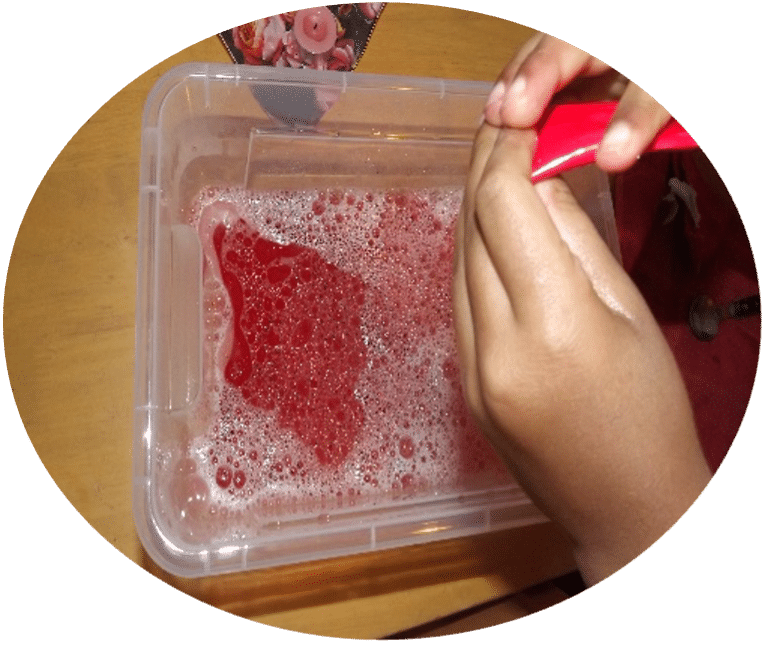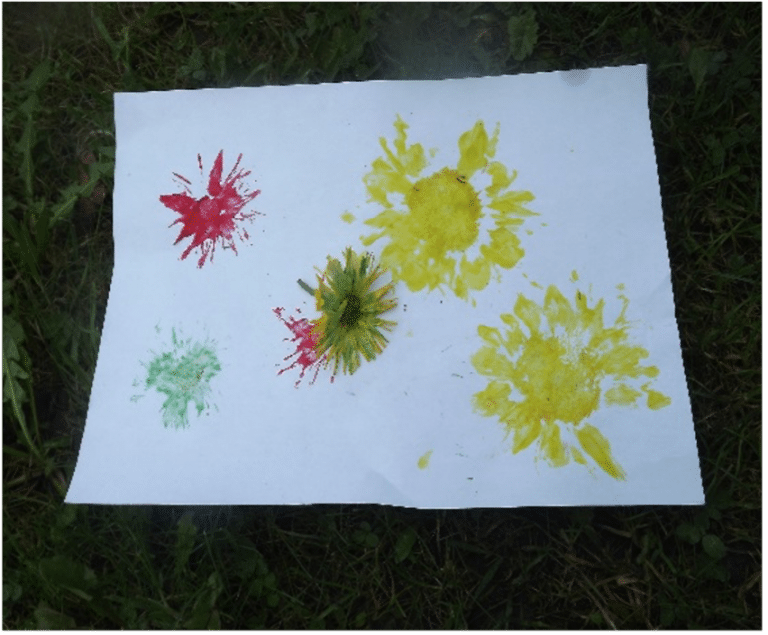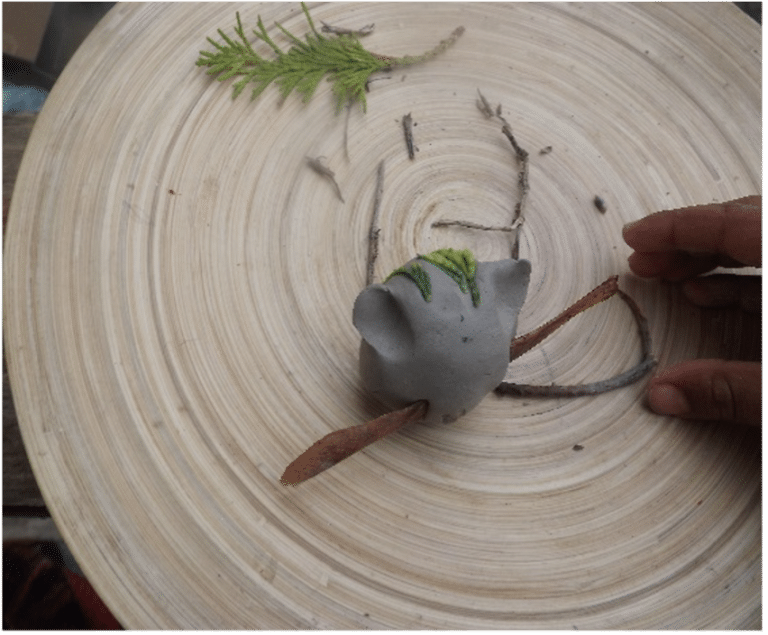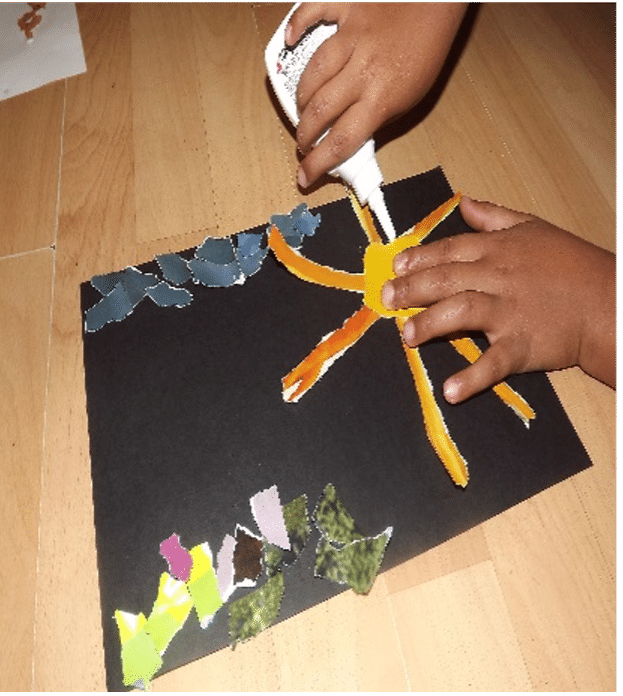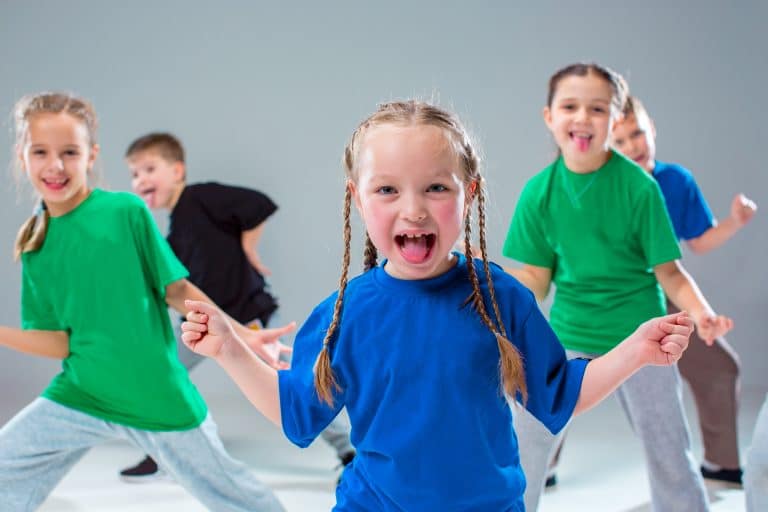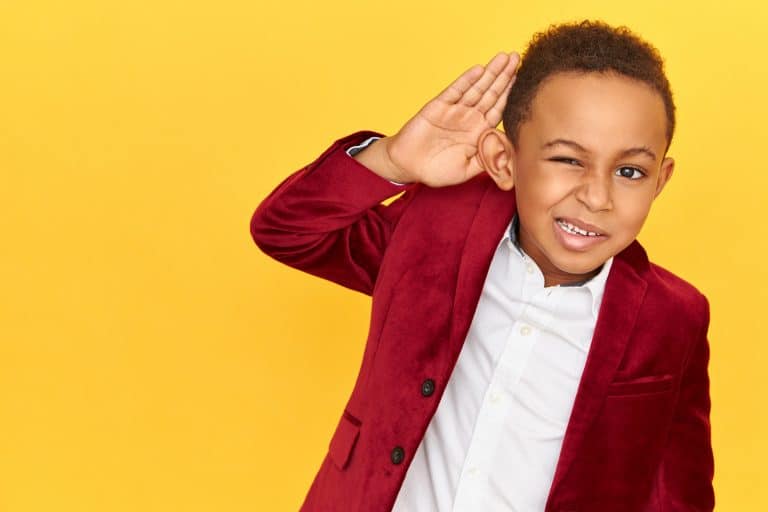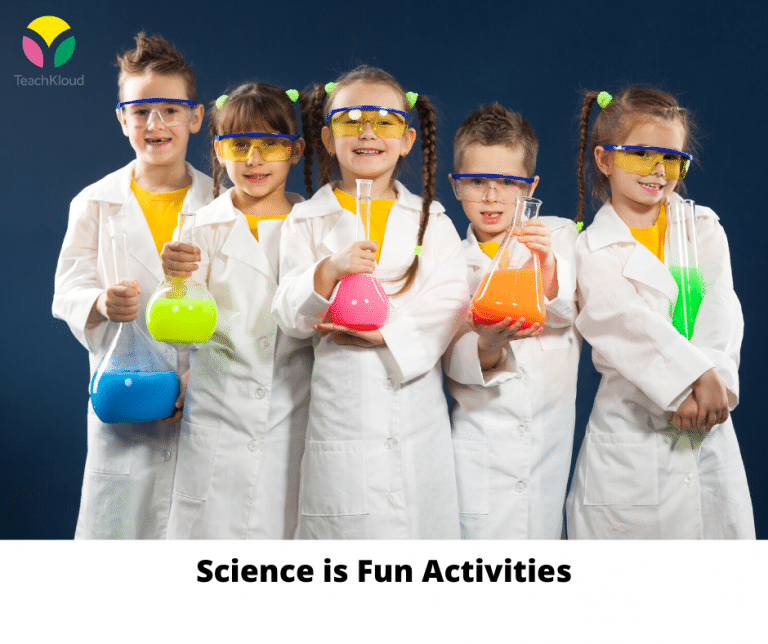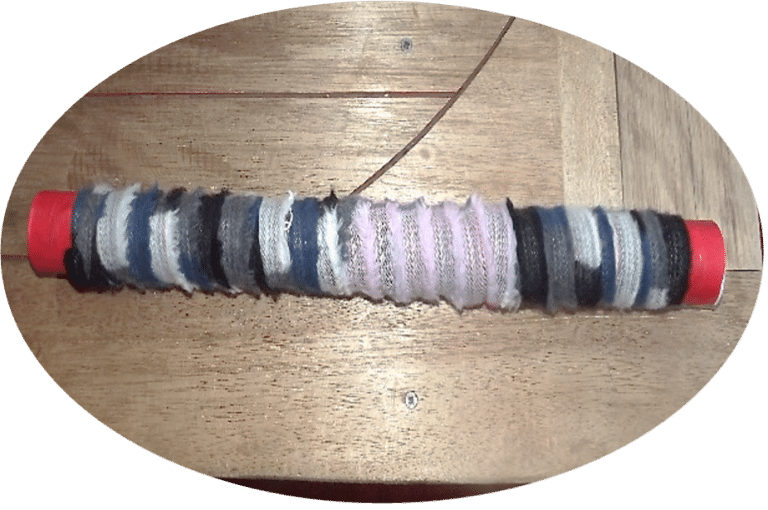There is so much to discover in science!
“The function of education is to teach one to think intensively and to think critically” – John Dewey.
Materials
- Different Plastic Containers Filled with Water and Ice
- Ingredients: Soap, Salt, Sugar, Baking Soda, Food Colouring and Lemon
- Spoons or Sticks
- Towels
Learning Goals
- Develop higher-order thinking skills such as problem-solving, predicting, analysing, questioning, and justifying
- Act on their curiosity, take risks and be open to new ideas and uncertainty
- Interact with other children and adults by listening, discussing, and taking turns in conversation
- Language and Communication: Interact and work co-operatively
- Development of Observation Skills: observing changes of water and ice supports observation skills and logical thinking
Process Description
Step 1
Allow the children to ask questions about the materials being used. What do they notice is already in the containers (water and ice). What do else do they notice (draw their attention to the ingredients). Encourage them to predict what will happen when we mix water, ice and baking soda or the other ingredients available. Introduce each ingredient and safety boundaries.
Step 2
Depending on the age of the children, create an accessible space for the child/children to easily reach the containers and ingredient (with adult supervision).
Step 3
Encourage children to use the ingredients to change the water/ice and initiate discussions about what happens when they add salt to the water and ice. Why does this happen? Introduce new language such as ‘chemical reaction’ to the group of children.
Step 4
This path should be freely accessible for children at all time and being used if possible without shoes.
Step 5
Give the children an opportunity to use and play with the clothing their own way. They may wish to sort the clothing by colour or style, or they may wish to try the items on!
Adaptation
If there is space for a wider sensory path, children lie down and roll over the materials with their whole bodies. A sensory wall can be created with the children. Words such as soft, tickling, hard, spiky, wet, cold, etc. can be written on paper pieces and added to the relevant areas of the sensory wall for increased literacy awareness.
Reflective questions
- What could have been better?
- How did I scaffold children’s learning?
- Could I have adapted the learning opportunity to reflect all children’s needs, abilities and interests
Looking and responding
Start by asking the children to describe what they see. Draw attention to details.
Bibliography
- Centre for Early Childhood Development and Education (CECDE) (2006) Síolta: The National Quality Framework for Early Childhood Education. Centre for Early Childhood Development and Education.
- National Council for Curriculum and Assessment (NCCA, 2009) Aistear: The Early Childhood Curriculum Framework. Dublin: NCCA
Author Bio
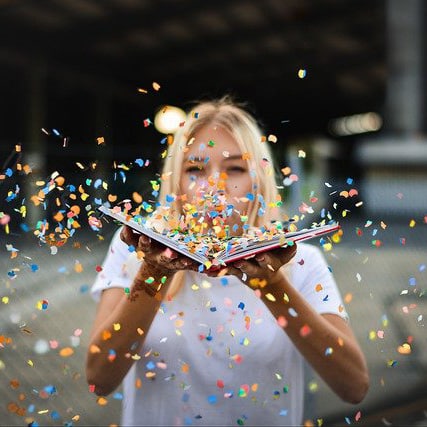
TeachKloud is a cloud-based management platform for early childhood educators and parents!
